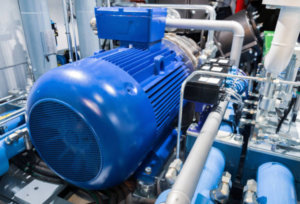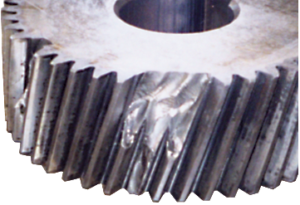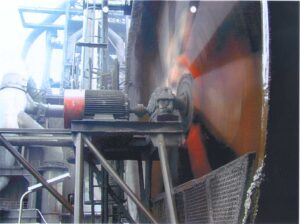- Main
- Chiller Efficiency
- Auto Tube Brushing
- Cooling towers
- Motorless Turbine
- Contact Us
Cooling towers play a crucial role in various industries, helping regulate temperature and ensure the efficient operation of machinery. To ensure the longevity and effectiveness of cooling towers, regular cooling tower maintenance is essential. In this guide (that summarizes the guidelines from the ASHRAE guideline), we will provide a checklist of key maintenance tasks, methods, tools, and focus on gear drive maintenance. Additionally, we will delve into the importance of gear drive monitoring for optimal cooling tower performance.
The catastrophic failure of a cooling tower can have devastating effects on the business operations of a plant, including:
In many cases, misalignment or imbalance of components is the root cause of cooling tower component failure. According to studies, the motor (60%), the gear box (30%), the fan (2%) and other components (8%) account for the majority of cooling tower failures.



Gear drive monitoring is essential for maintaining the efficiency and reliability of cooling tower operations. By regularly monitoring gear drives, you can detect potential issues early, prevent costly downtime, and extend the lifespan of the equipment. Here’s why gear drive monitoring is crucial:
The GearGuard is a combined gear-drive monitor: vibration, oil level and oil temperature.
In conclusion, effective cooling tower maintenance is essential for the smooth operation of industrial processes. Gear drive maintenance, including inspection, lubrication, vibration analysis, temperature monitoring, and alignment, is a critical component of this maintenance regimen. By following the checklist and paying close attention to gear drive monitoring, you can ensure the reliability and efficiency of your cooling tower, ultimately benefiting your organization’s bottom line and productivity.